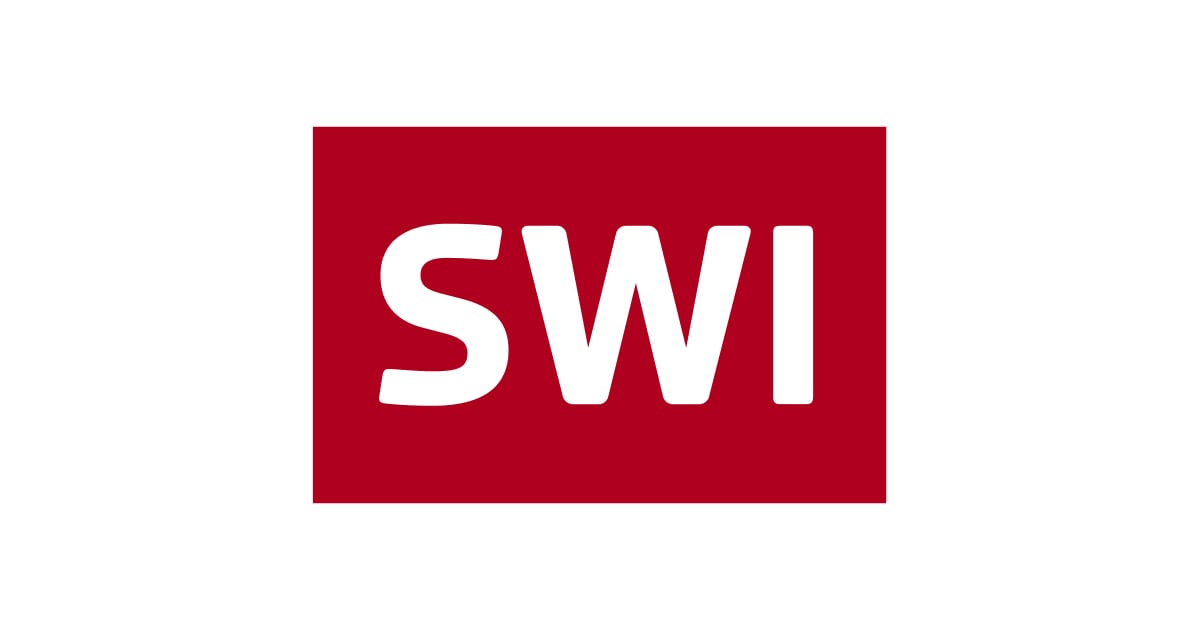
Canton Jura to vote on its future again

People living in the Jura region – in canton Jura itself and in the parts of the Jura located in canton Bern – are voting on November 24 to resolve “definitively” the question of the possible creation of a Greater Jura canton.
The vote should put an end to the most important territorial conflict in post-war Switzerland. And whatever the result, it is proof of the strength of the federal state and of the system of direct democracy.
“I don’t know if the Jura question really will be solved this time once and for all,“ says Dick Marty, former Senate member and chairman of the Inter-Jurassian Assembly. “But what is certain is that the political process which led up to this vote was exemplary.”
“Thanks to the Assembly, a culture of dialogue was established, and people got used to speaking to each other. It created a new relationship between the two fronts, which until then had appeared irreconcilable.”
The Inter-Jurassian Assembly was established in 1994 through an agreement between cantons Bern and Jura, with the aim of working out a solution to the Jura question.
It was also given the task of coming up with proposals to strengthen cooperation between canton Jura and the Jura districts of canton Bern by setting up joint institutions.
The Assembly is made up of 12 representatives of each of the two cantons. Its chairman is named by the Swiss government. Since 2011 this has been Dick Marty, who previously represented canton Ticino in the Senate.
The Assembly is due to be dissolved once the vote on the future of the three districts still in canton Bern has been decided.
The Assembly, founded in 1994, appears to have achieved its goal, namely to make dialogue possible in order to resolve a conflict whose roots go back to 1815. That was when the Congress of Vienna awarded the area formerly ruled by the Prince Bishop of Basel to the canton of Bern. As a result, the French-speaking and largely Roman Catholic Jura region became part of a largely German-speaking and Protestant canton.
There was dissatisfaction with this decision, but it was only rarely expressed publicly. It was not until the first half of the 20th century that people started to feel strongly that they had been economically and culturally marginalised.
The people of the Jura – who were somewhat cut off amidst their hills and mountains – felt their infrastructure was being neglected by the canton, in particular when it came to road and rail construction. And many of them resented the growing Germanisation of the southern parts of the Jura, where more and more German-speaking Swiss, particularly Bernese, were settling.

More
Vote to reunite the Jura fails to inspire
On the road to separation
It was in this context that the first militant separatist movements, including the “Rassemblement jurassien”, emerged shortly after the war, demanding first autonomy and then independence from canton Bern. And the anti-separatists also mobilised, creating the “Union des patriotes jurassiens” (UPJ).
“Initially the Jura question only interested the elite. But within the space of just a few years the question had permeated the whole of society,” explains Bernard Voutat, who teaches at the Institute of Political and Institutional Studies at Lausanne university.
“Everyone had to take a position, and that led to an almost existential split in the population. You were either for or against canton Bern.”
The debate initially focused on the question of what actually constituted Jurassian identity, based on ethnic, cultural, linguistic and religious criteria.
“For the separatists, Jurassians are a people with a collective identity, united by hundreds of years of history. For the anti-separatists the idea of a Jura people is pure fantasy, given the geographic, cultural and religious differences between them,” says Voutat.
The conflict intensified in the 1960s and 70s. With the establishment of new movements on the separatist side (the “Béliers” – or “rams” – and the “Front de libération du Jura”) and their opponents (the “Sangliers”, or “boars”), debate often gave way to militant actions and even acts of violence.
Separatists set fire to government offices and farms and occupied Swiss embassies, while some built a symbolic wall at the entrance to the cantonal parliament building in Bern.
The slogan “Jura libre” (Free Jura) appeared on the walls of houses and in streets everywhere. Switzerland even had its first “political refugee”, who fled to Spain, which at the time was still under the Franco dictatorship.
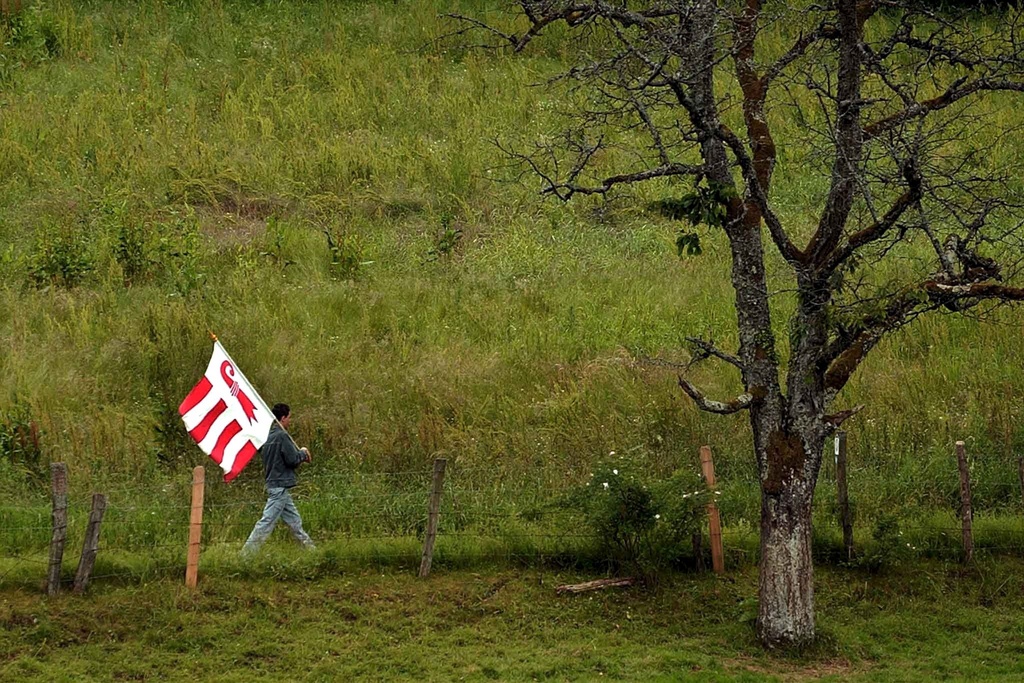
More
Difficult birth of a canton
Right to self-determination
The Jura question also aroused the attention of foreign media. Parallels were drawn with the situation in northern Ireland, the Basque country and Corsica.
“The situation in the Jura never became as violent as in other areas of regional conflict,” says Claude Hauser, a historian at the University of Fribourg. “But the Jura question can be seen as fitting into the context of regional political movements rising up in opposition to national states in the second half of the last century. These movements were based, among other things, on the principle of the right of peoples to self-determination, but also emerged in the wake of decolonialisation.”
For a long time the federal authorities tried to leave the Jura conflict in the hands of canton Bern, but towards the end of the 1960s they found themselves obliged to intervene in the search for a solution. No easy task: the claims of the separatists called into question borders that had been regarded as sacrosanct since the birth of the modern Swiss state in 1848 and appeared to threaten the complex historical, federal, cultural and linguistic balance that underpins the Swiss system.
“The Jura at this time became a touchstone for the Swiss federal system’s ability to deal with new problems,” says Hauser. “Over time federalism had grown rigid. The Jura question was like poking a stick into an ants’ nest. It forced Switzerland to take a fresh look at itself and to find new approaches.”
1815: After the Napoleonic Wars, the Congress of Vienna gives the seven districts of the prince bishopric of Basel to Bern. Between 1793 and 1815 the area had been a French département.
1950: Voters in canton Bern agree to make French a second official language of the canton, and the Jura districts are guaranteed two seats in the cantonal government.
1974: A majority of inhabitants of the Jura area vote in favour of the creation of a separate canton. However, the separatist vote comes only from three of the districts. Those in the three southern Protestant districts vote to remain in Bern as does the German-speaking district of Laufen.
1978: Swiss voters accepted by 82.3% the establishment of a new canton, consisting of the three majority Roman Catholic districts: Delémont, Porrentruy and the Franches-Montagnes.
1979: Canton Jura is officially established, with its capital in Delémont.
1994: After conflict breaks out again, cantons Jura and Bern set up the Inter-Jurassian Assembly, with the aim of reconciling the two areas.
The German-speaking Laufen district, which had been cut off from the rest of canton Bern by the creation of canton Jura, opts to join canton Basel Country.
2009: On May 4 the Inter-Jurassian Assembly presents its report on a solution for the Jura question
2012: The governments of the two cantons sign a declaration of intent, that they will hold a popular vote in canton Jura and in the Bernese Jura districts.
2013: The vote is to be held in both areas on November 24.
More relaxed climate
These new approaches took shape in the 1970s in a number of votes at the commune, cantonal and federal levels, leading to the creation of Switzerland’s 26th canton in 1979.
The three northern districts voted in favour of the new canton, while the three southern ones decided to remain in canton Bern. For the separatists, the question was thus only partially solved. Their demands have not gone away.
On November 24 the people of the Jura are being asked to vote again to decide the future of the three southern districts. The atmosphere is relaxed, very different from the climate of tension of the 1970s. This is partly thanks to the mediating efforts of the Inter-Jurassian Assembly, which has been preparing the ground for the new vote over the last 20 years.
Once again there is interest abroad in the vote: in the past few months delegations from Lebanon and from a number of eastern European countries have visited Switzerland to learn more about the democratic process underway to resolve the Jura question.
“While in many other countries questions regarding minorities are decided from above, in Switzerland the approach is to give the people concerned their say, as is happening in the Jura,,” Marty explains. “The tools of direct democracy have certainly made it possible to absorb a lot of the tensions.”
Test for the future
Marty sees the vote in the Jura as an important test for tomorrow’s Switzerland, where all the cantonal borders may need to be redrawn.
“Today’s cantons are rapidly becoming less important politically: in a context of ever closer international relations, decisions will be taken more and more frequently at the federal level. No parliamentary session goes by without some cantonal powers being transferred to the central government,” he says.
“They have become less important to their citizens as well. Many Swiss live in one canton and work in another. I am certain that in the next 10 to 20 years there will be lots of votes about merging cantons. We will probably be left with seven or eight. A similar process of merger and consolidation has already been going on for years at the commune level.”
(Translated by Julia Slater)

In compliance with the JTI standards
More: SWI swissinfo.ch certified by the Journalism Trust Initiative
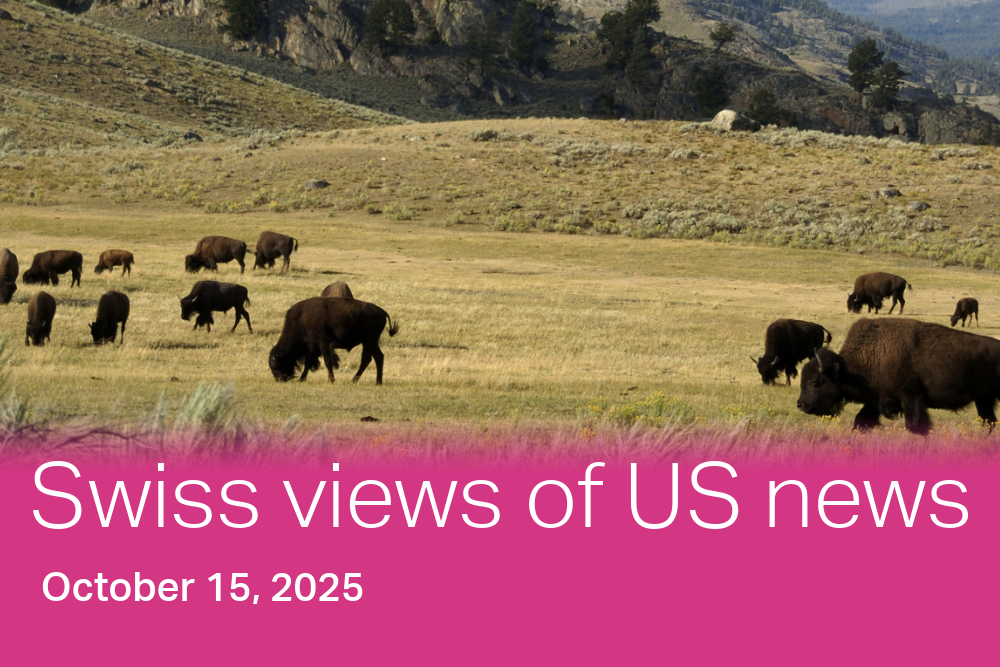



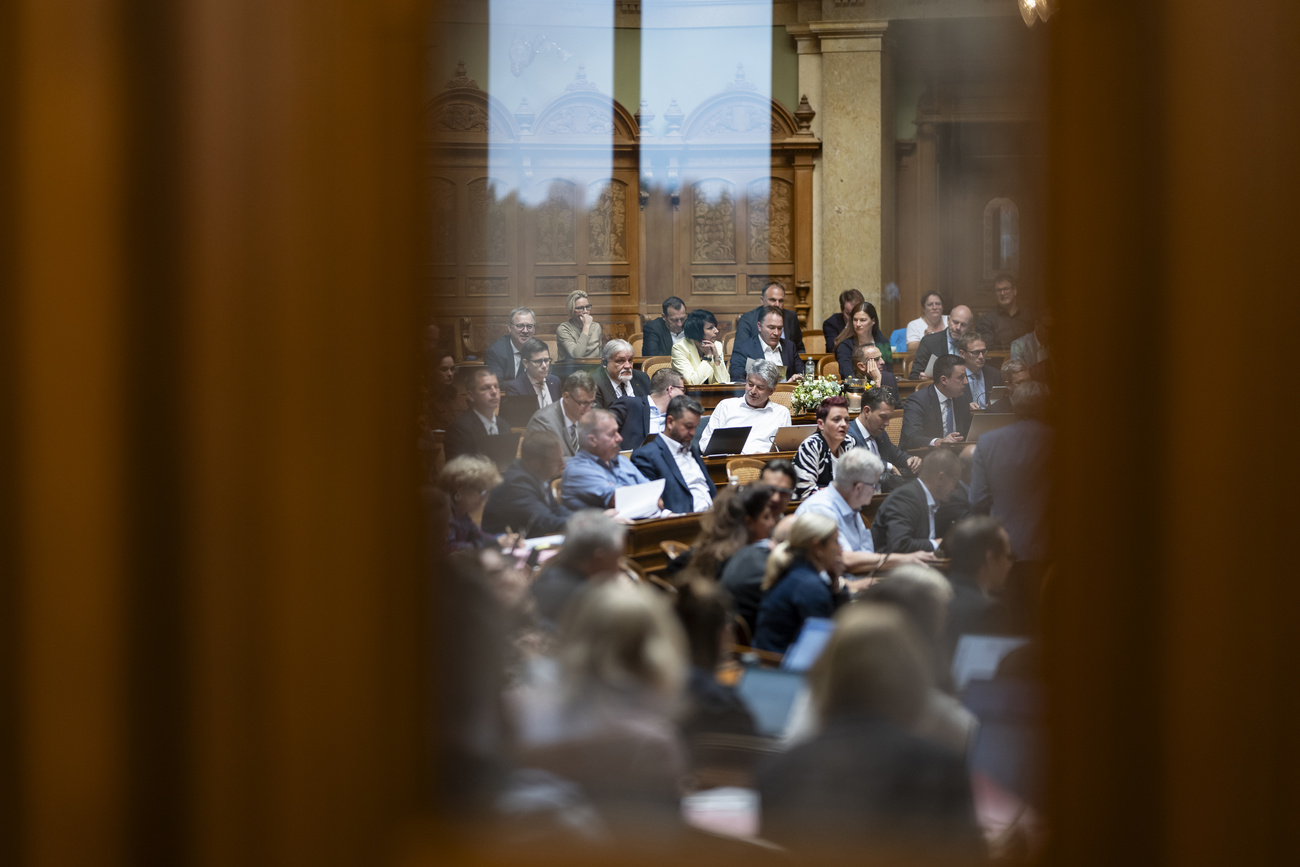
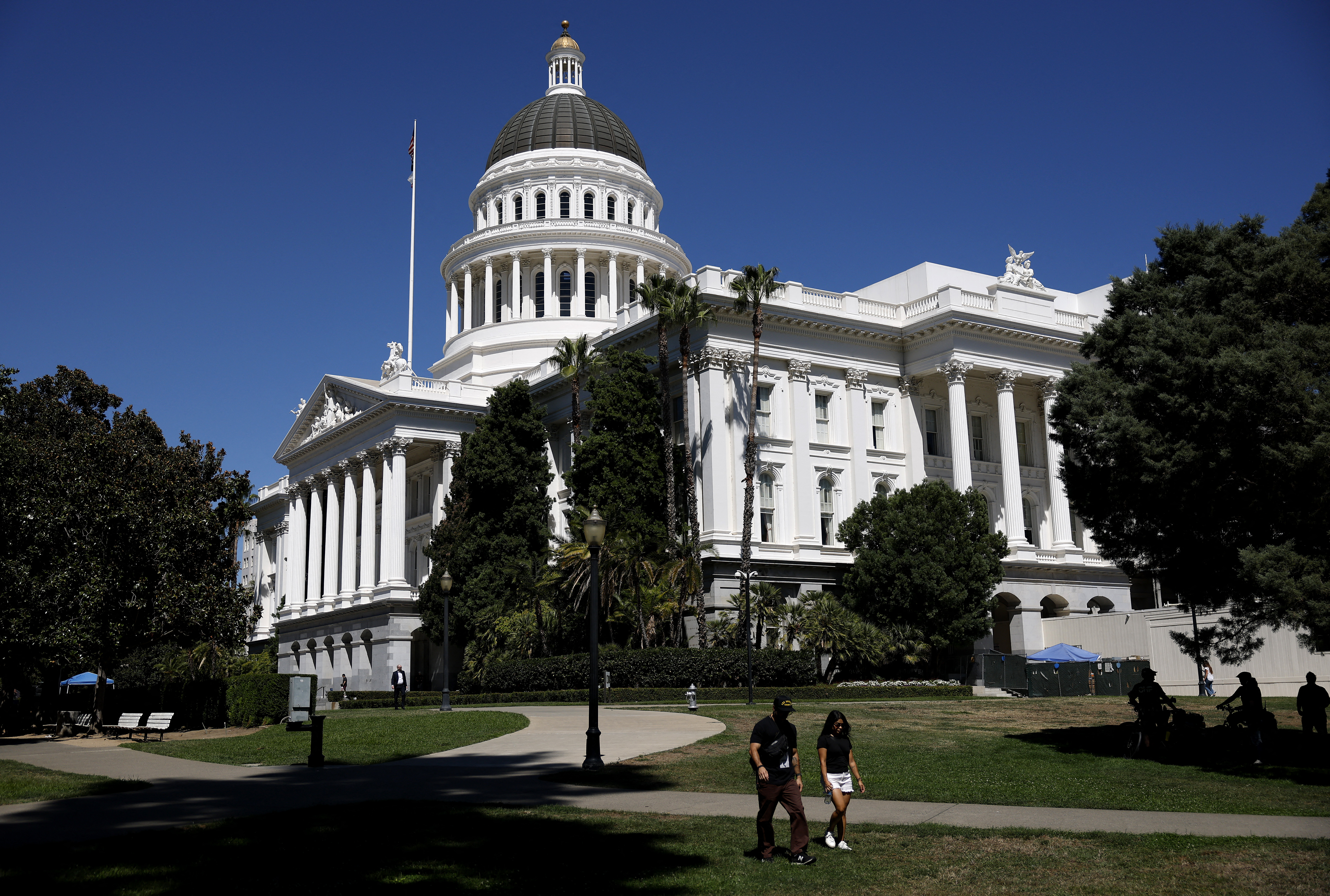
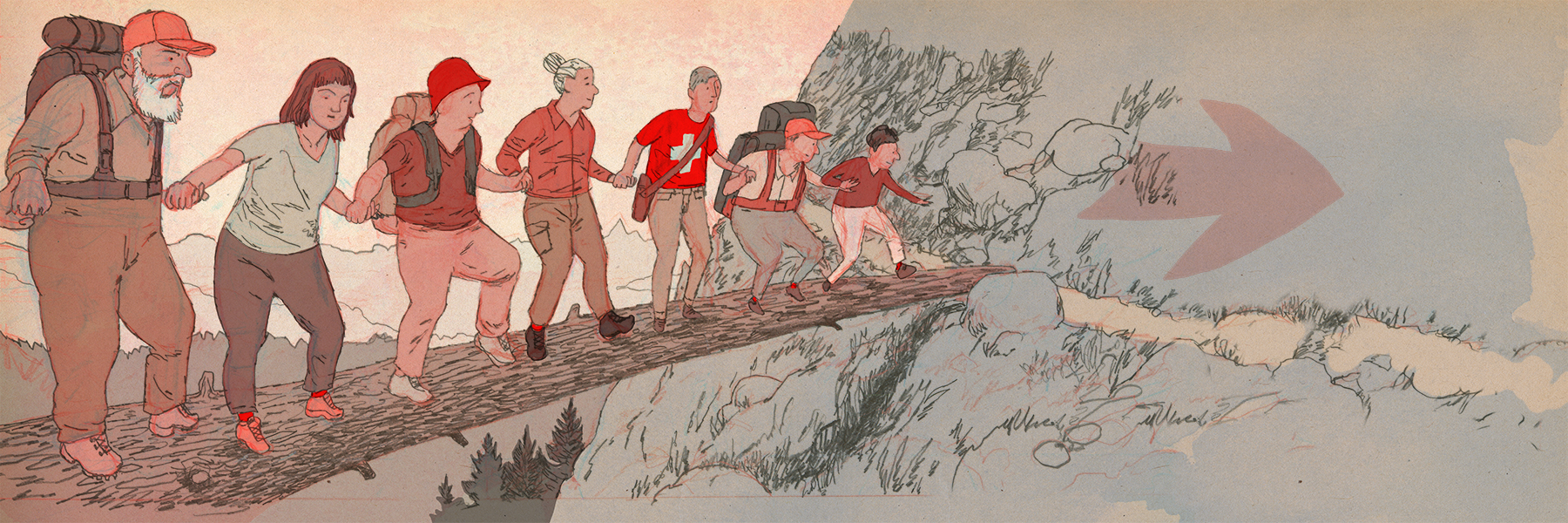






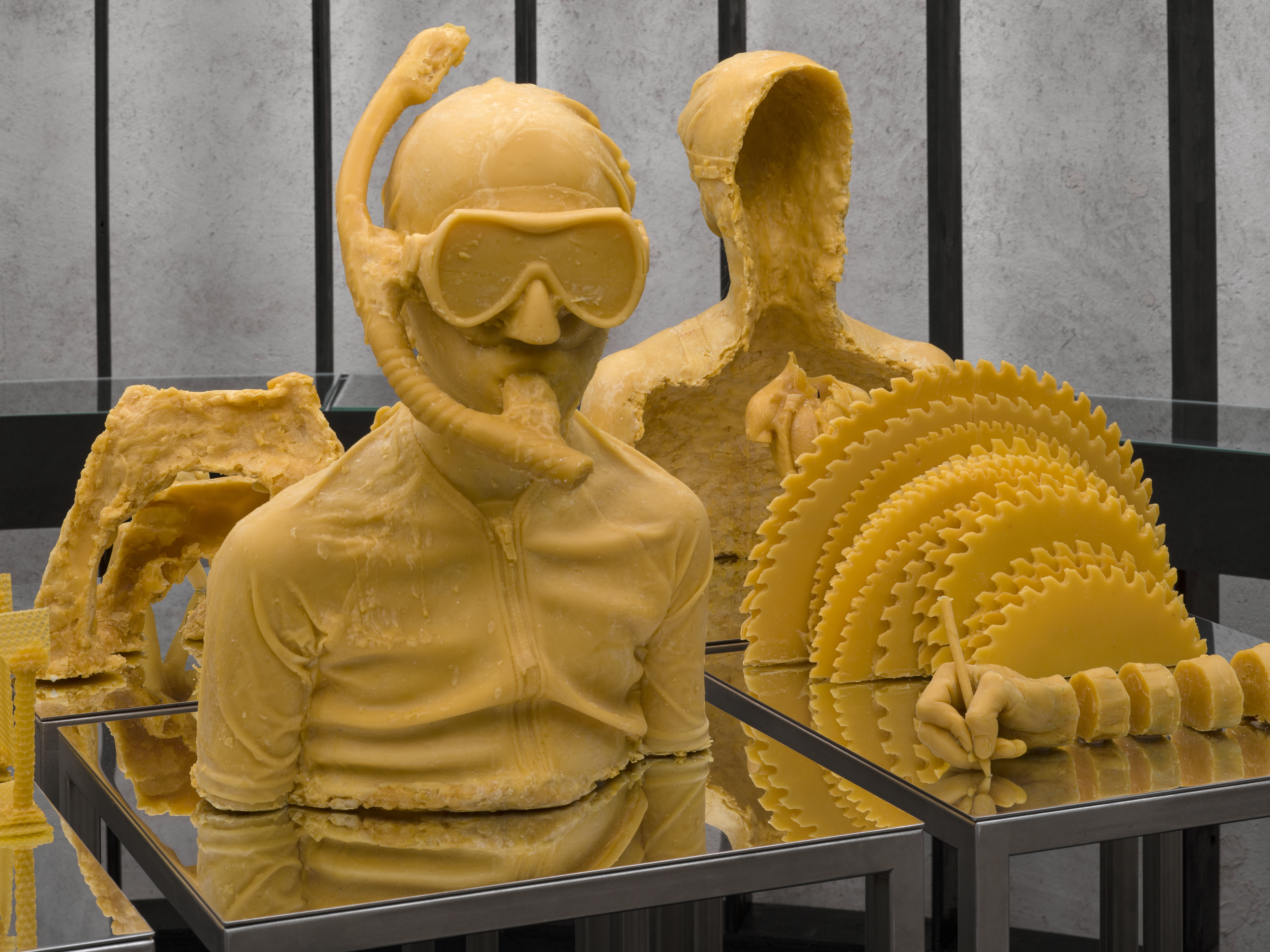
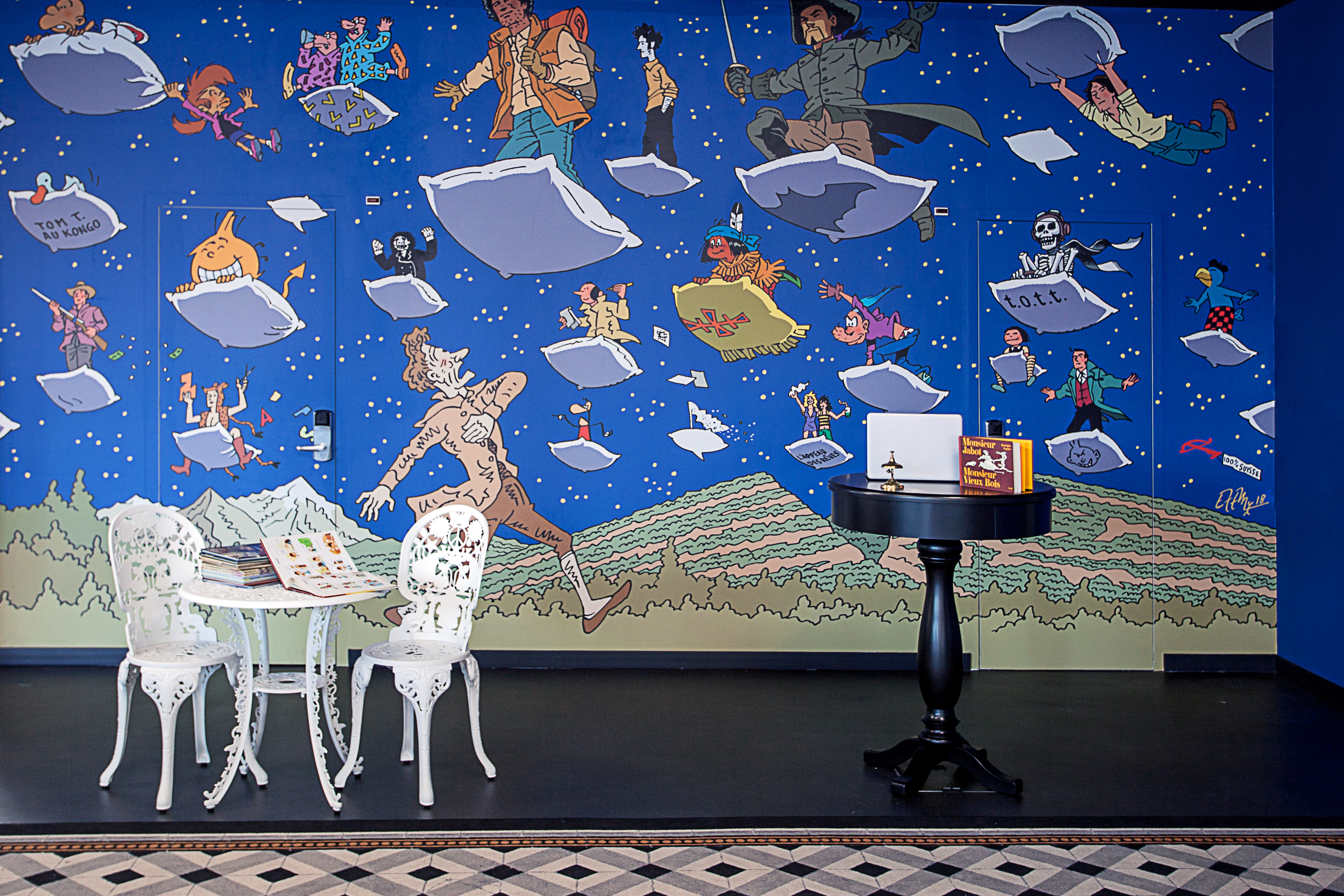




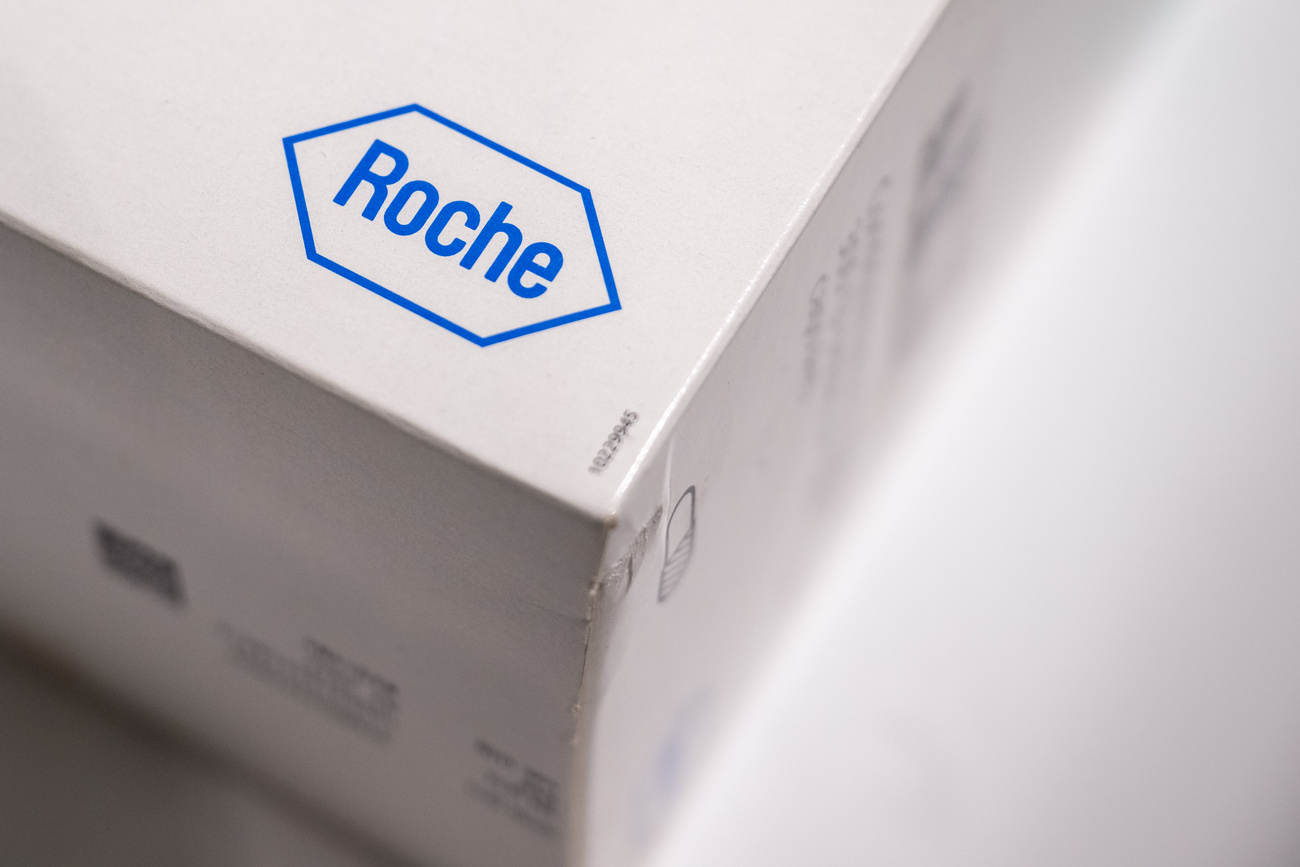








You can find an overview of ongoing debates with our journalists here . Please join us!
If you want to start a conversation about a topic raised in this article or want to report factual errors, email us at english@swissinfo.ch.